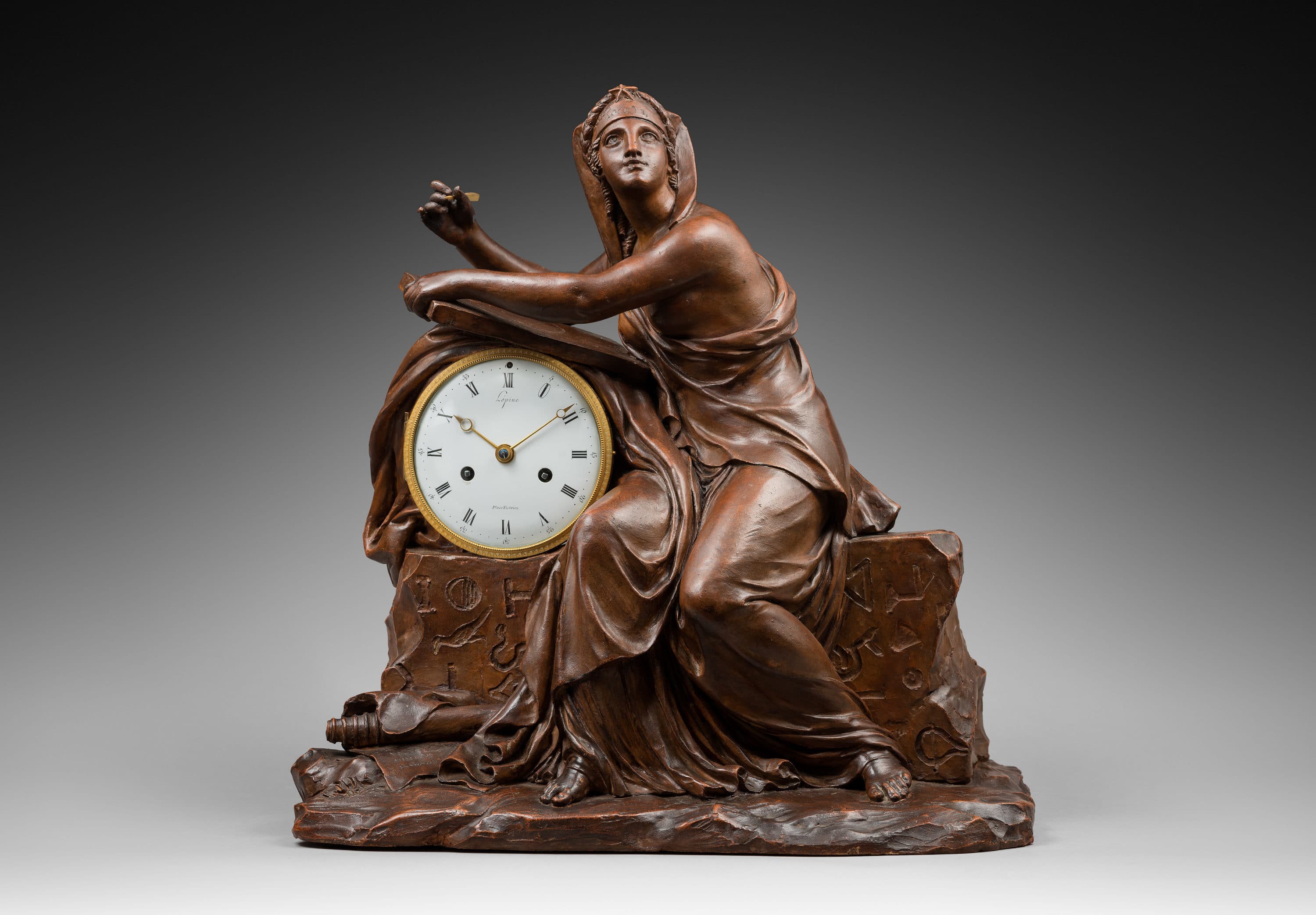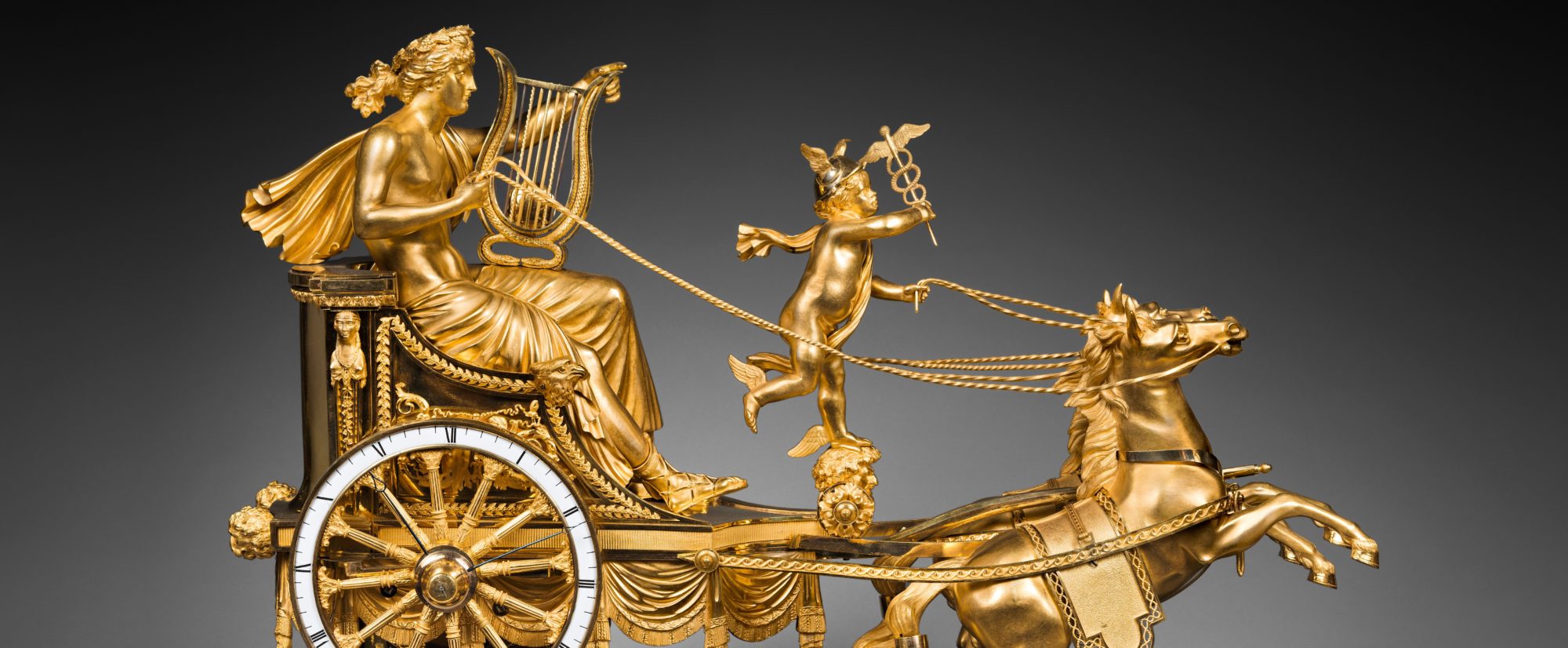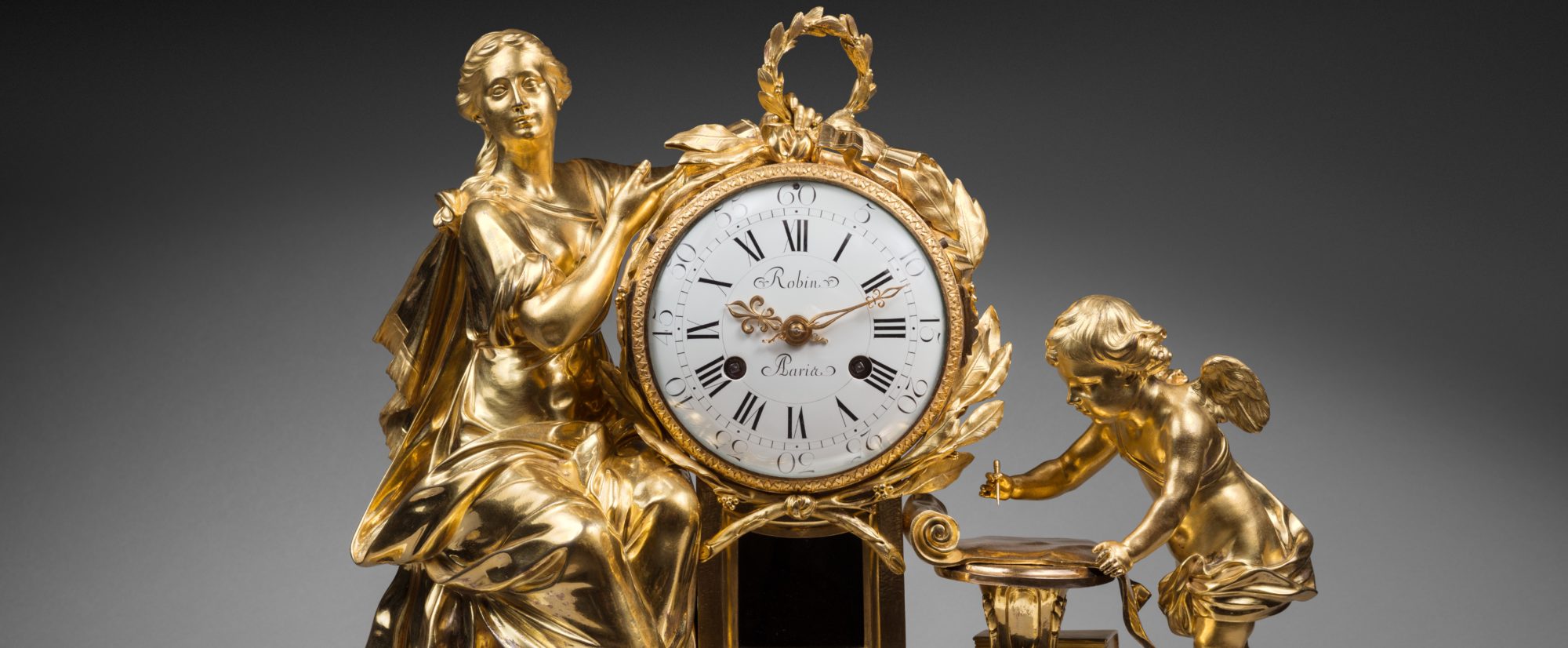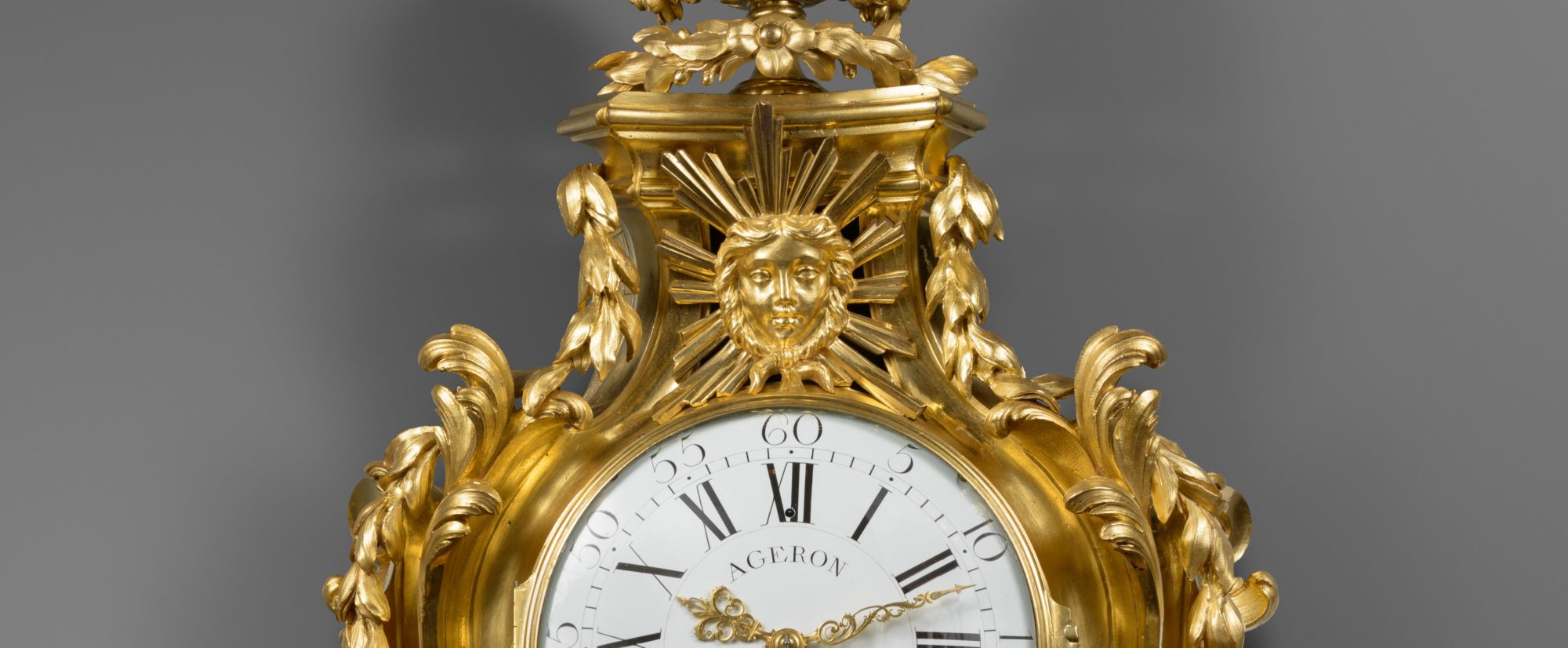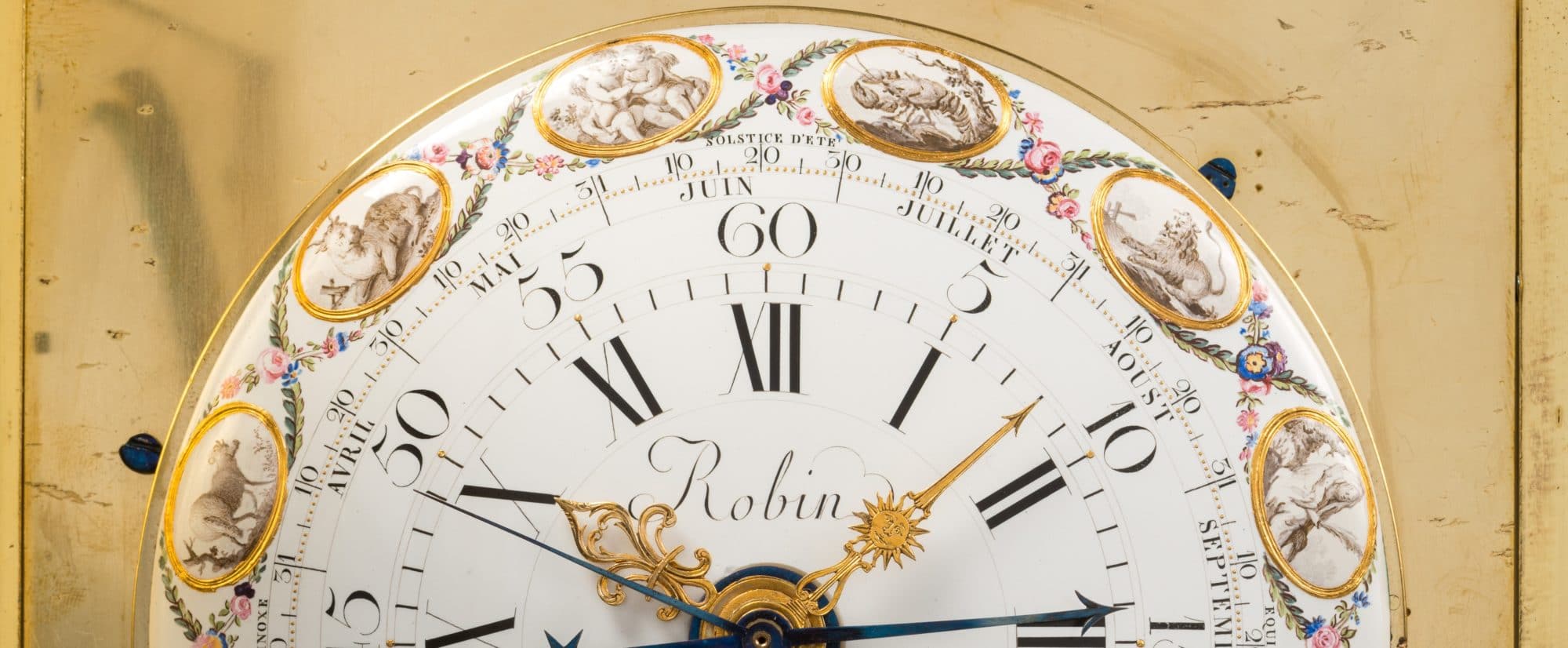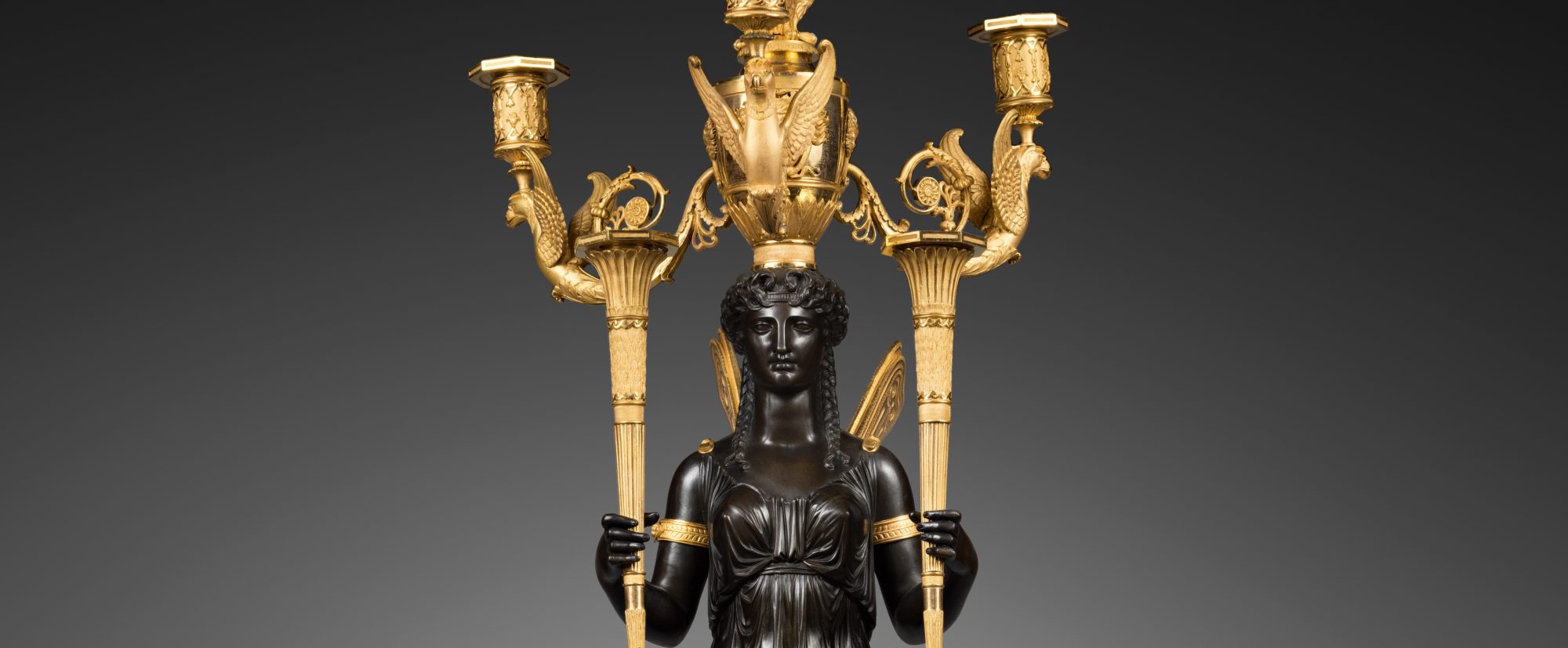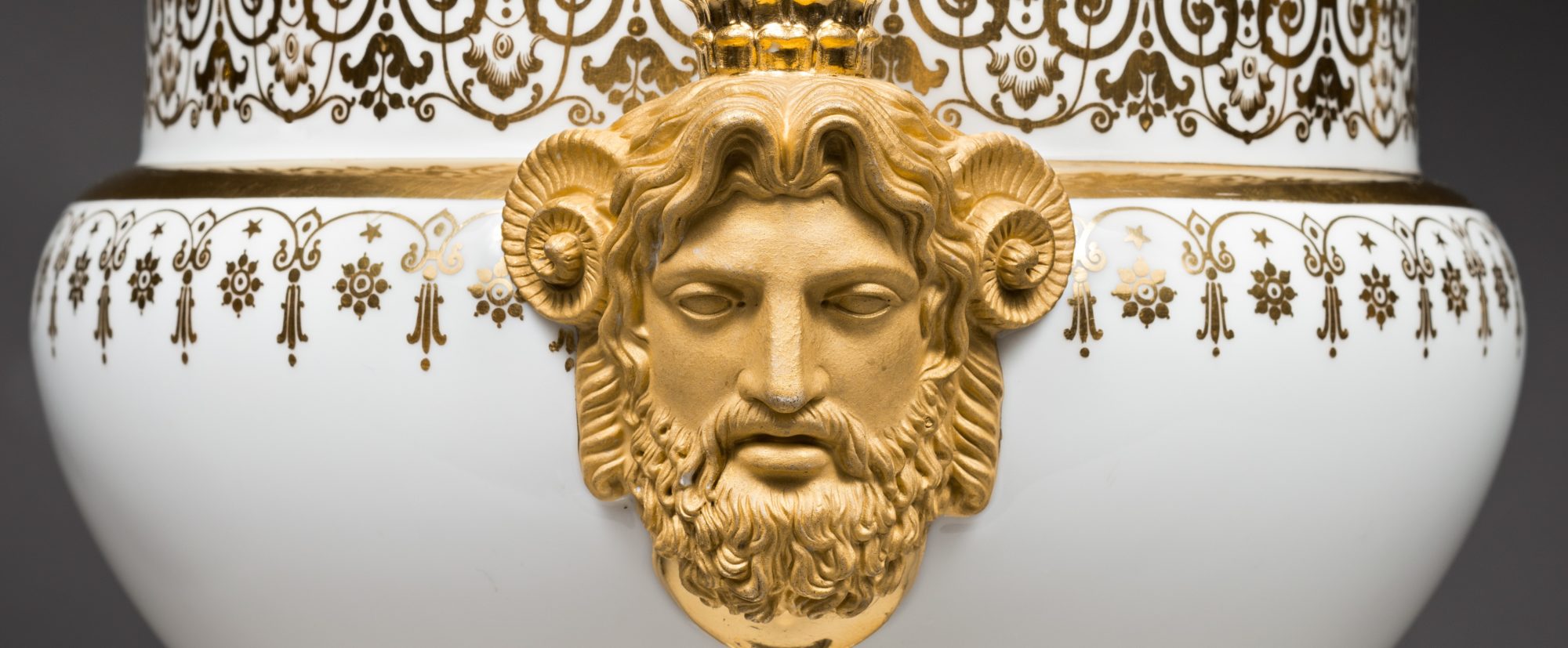Pierre-Claude Raguet-Lépine
Clockmaker
Royal clockmaker Pierre-Claude Raguet, known as Raguet-Lépine after his father-in-law Jean-Antoine I Lépine, with whom he worked closely, he was born in Dôle, and in 1782 married Jean-Antoine’s daughter Pauline. Having already invested 16,000 livres in his future father-in law’s business, he purchased a third share in 1783 and eventually took over the business in June 1784, using the name “Lépine à Paris, Horloger du Roi”. Raguet-Lépine was a member of the jury responsible for choosing a new Republican time system (1793); in 1805 he became Horloger breveté de Sa Majesté l’Impératrice-Reine, and four years later was named Horloger de l’Impératrice Joséphine. His clientele included Napoleon I, Jérôme, King of Westphalia, Charles IV King of Spain, the princes Talleyrand, Kourakine (the Russian Ambassador) Schwarzenberg (the Austrian Ambassador), the comte de Provence and Louis XV’s daughters at the Château de Bellevue.
Due to his success he employed a large workforce, including several of his family-in-law: Jean-Antoine II Lépine who managed the workshop, Jean-Louis Lépine in Geneva and Jacques Lépine in Kassel, Germany. His cases were supplied by the renowned bronziers Pierre-Philippe Thomire, F. Rémond, F. Vion, E. Martincourt, the Feuchères and Duports; his dials by such fine enamellists as Coteau, Dubuisson, Cave, Merlet and Barbichon. Today Raguet-Lépine’s work may be seen in the Louvre, the Château de Compiègne, the British Royal Collection, the Musée International d’Horlogerie at La Chaux-de-Fonds, the Deutsches Uhrenmuseum Furtwangen, the Schloss Wilhemshöhe Kassel, the Patrimonio Nacional in Spain, the Hermitage in Saint Petersburg, the Detroit Institute of Arts and the Minneapolis Institute of Arts.
